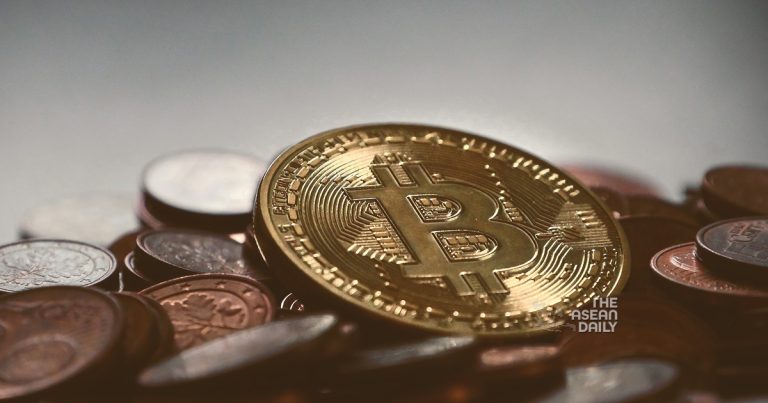19-4-2024 (LONDON) As the highly anticipated ‘halving’ event looms for bitcoin, the world’s largest cryptocurrency, opinions are sharply divided. To some, it represents a pivotal moment that could solidify bitcoin’s value as an increasingly scarce digital commodity. To others, it’s little more than a technical adjustment amplified by speculators in a bid to inflate prices. This debate comes on the heels of bitcoin hitting a record high of US$73,803.25 in March.
But what exactly is the halving, and does it truly hold the power to shape bitcoin’s trajectory?
The Halving Explained
Occurring roughly every four years, the halving is a programmed change in bitcoin’s underlying blockchain technology designed to reduce the rate at which new bitcoins are created. Bitcoin was conceived from its inception by its pseudonymous creator, Satoshi Nakamoto, to have a capped supply of 21 million tokens.
Nakamoto hardwired the halving into bitcoin’s code, and it functions by cutting in half the rate at which new bitcoins are released into circulation. Thus far, approximately 19 million tokens have been released.
The Mechanics Behind the Halving
Blockchain technology involves creating records of information, called ‘blocks’, which are added to the chain in a process known as ‘mining’. Miners employ computing power to solve complex mathematical puzzles, thereby building the blockchain and earning rewards in the form of new bitcoins.
The blockchain is engineered such that a halving occurs every time 210,000 blocks are added to the chain, roughly every four years. During the halving, the amount of bitcoin available as rewards for miners is slashed in half, rendering mining less profitable and slowing the production of new bitcoins.
The Scarcity Argument
Some bitcoin enthusiasts contend that bitcoin’s scarcity is a key driver of its value. The lower the supply of a commodity, all other factors being equal, the higher the price should climb as demand outstrips supply. Bitcoin, they argue, is no exception to this economic principle.
Others dispute this logic, noting that any potential impact would have already been priced into the market. Additionally, the supply of bitcoin to the market is largely determined by crypto miners, an opaque sector with scant data on inventories and supplies. If miners choose to offload their reserves, it could exert downward pressure on prices.
Since peaking at record highs last month, bitcoin’s price has tumbled below $64,000. Analysts at JP Morgan recently predicted that the price could fall further following the halving.
Past Halvings and Price Movements
While there is no conclusive evidence linking previous halvings to subsequent bitcoin price surges, traders and miners have closely studied these events in an attempt to gain an edge.
When the last halving occurred on May 11, 2020, the price rose around 12% in the following week and a remarkable 659% over the next 12 months. However, there were numerous potential explanations for the rally, including loose monetary policy and an influx of retail investors with disposable income during lockdowns. Establishing a direct causal link to the halving proved elusive.
An earlier halving took place in July 2016. Bitcoin rose around 1.3% in the week that followed, before plunging a few weeks later and then rallying once more.
In essence, isolating the impact, if any, of past halvings on bitcoin’s price movements has proven challenging, making predictions for the current event equally uncertain. Regulators have repeatedly cautioned that bitcoin is a speculative market driven by hype, posing potential harm to investors.




